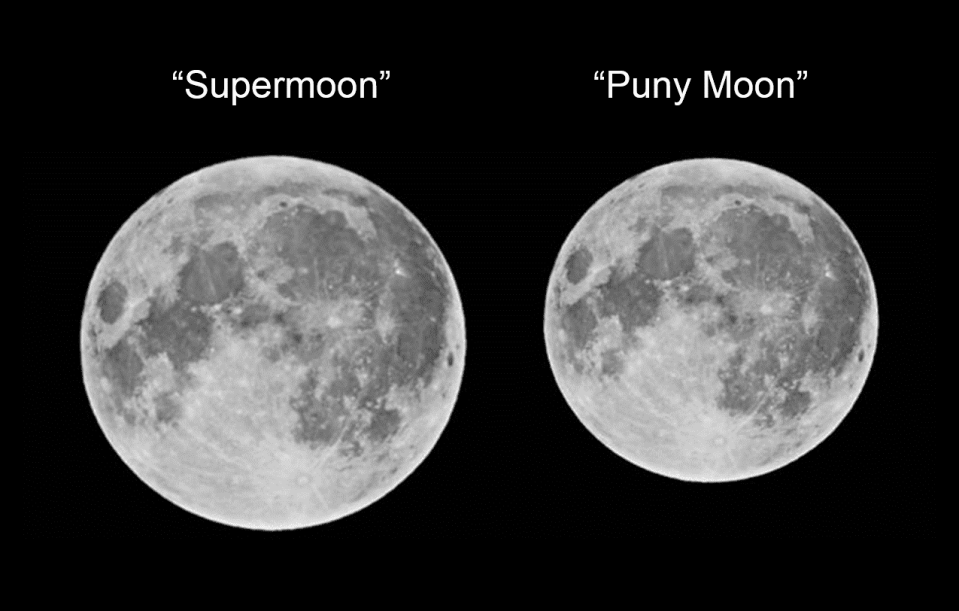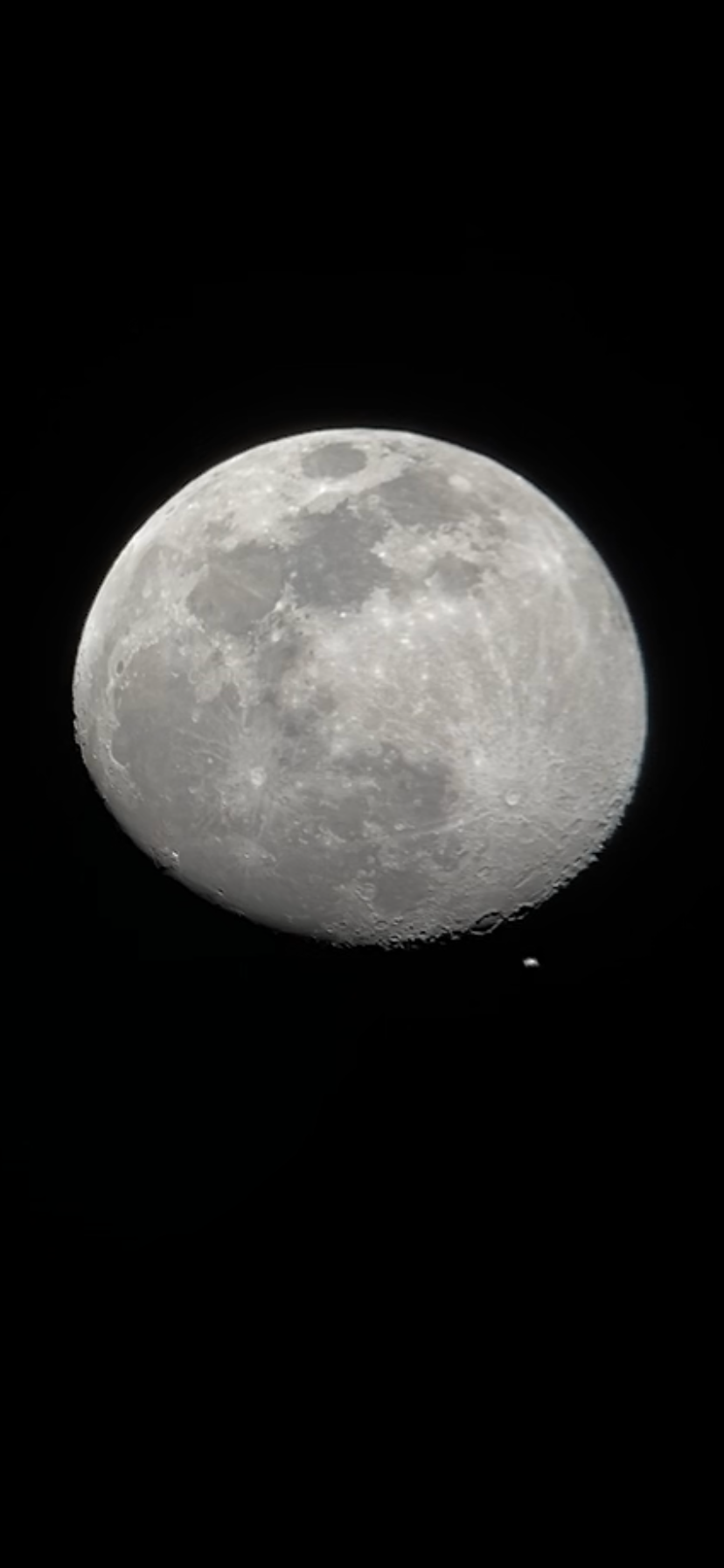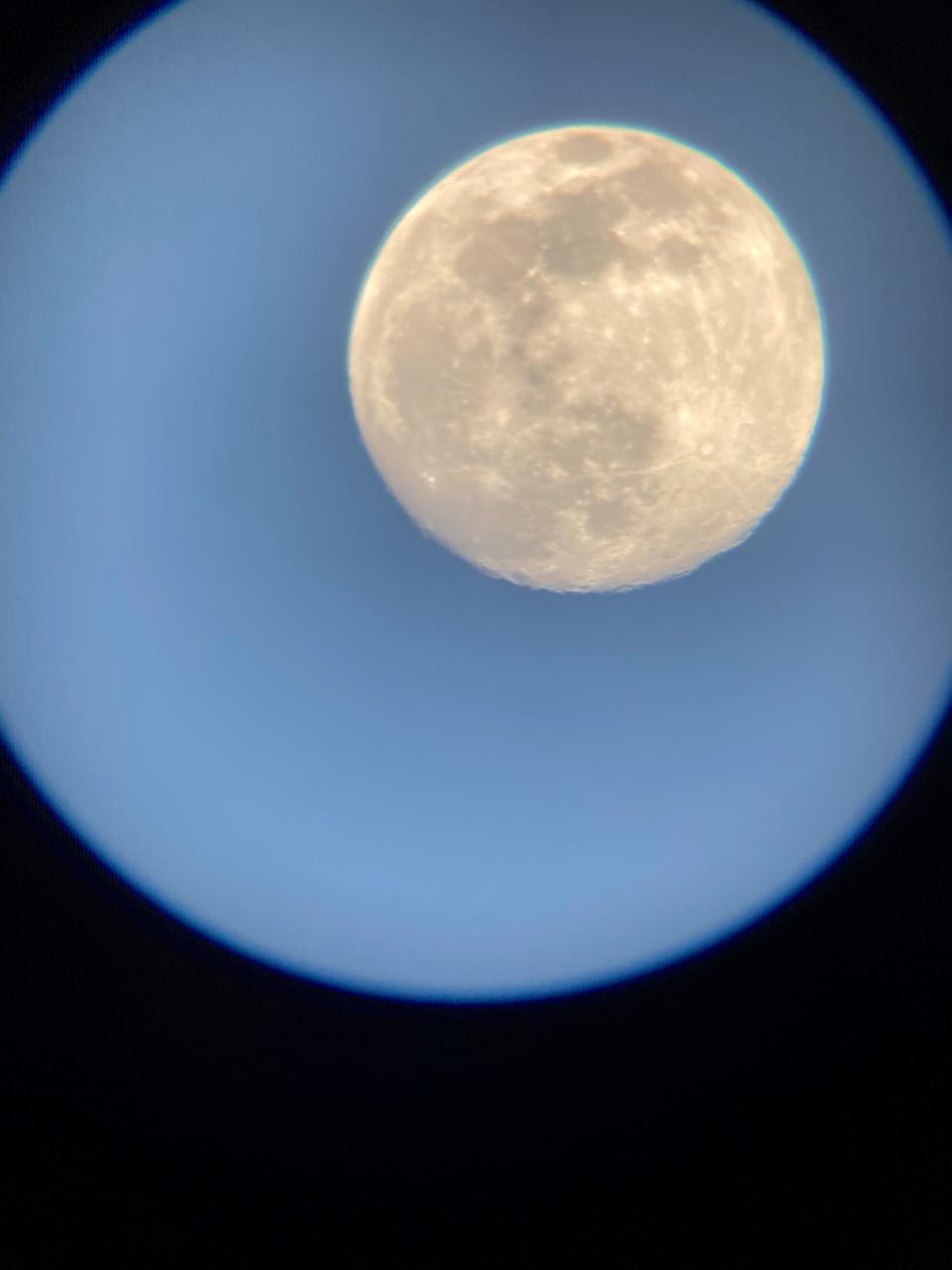Blue moons happen all the time. But this one won't appear again this century
Two man-made lunar holidays are coming together on the evening of Aug. 30. That night, viewers around the globe will see a supermoon and blue moon all in one package.
What does that mean and what will you see? You will not witness a moon in the sky twice its normal size and the color of a blueberry. But here’s your guide to watching a moonrise in super style.
How to watch the Aug. 30 supermoon
As the moon orbits the Earth, it slowly changes its distance from us. It varies from about 250,000 miles at its farthest to around 218,000 miles at its closest. When you combine the night when the full moon is also closest to us, astronomers call that a perigee syzygy. The more common name for this phenomenon is “supermoon.”

An average stargazer can’t tell the changing distance of the moon from night to night. However, when one compares a supermoon to the farthest full moon, a so-called "puny moon," the change is dramatic. The supermoon is over 31,000 miles closer, and appears 14% larger in diameter and shines 30% brighter than the puny moon. That is like comparing the size of a quarter to a nickel.
The best time to see any full moon is just as it rises. As the sun sets in the west-northwest on Aug. 30, turn 180 degrees to look for the moon peaking above the east-southeastern horizon. At first glance, the moon will look reddish in color. That’s because the moonlight is traveling through more of Earth’s atmosphere to reach your eyes and shifts the color to the red end of the spectrum. It is the same reason why a setting sun turns red, too.
Although the moon looks extra large when it is on the horizon, most of the time the moon is actually slightly closer to you when it is highest in the sky. For most viewers this month, the closest point for the supermoon will be between midnight and 2 a.m. At that point, the moon will be about 219,600 miles away.

Once in a blue moon
Synonymous with rarity, the moon on Aug. 30 is also considered by many to be a blue moon. This does not mean the moon will actually turn the color blue. This naming tradition only goes back to the mid-20th century, when astronomy writers began nicknaming the second full moon in a calendar month a "blue moon." It’s not such a rare occurrence since the moon phase cycle takes about 29.5 days to complete. If you have a full moon occur on the first of a month, the next full moon on the 30th or 31st would be the blue moon.
By this definition, the last blue moon was on Halloween 2020 (Oct. 31) and the next one will occur on May 31, 2026.

A blue supermoon is super rare
If you miss the supermoonrise on Aug. 30, you have another chance the next evening. The moon on Aug. 31 will be almost as full and almost as close and will rise 30-45 minutes after sunset. But the difference from night to night will be indistinguishable and either evening should present a tremendous sight.
Having a supermoon on the same night as a blue moon is extremely rare. The closest approximation in your lifetime will occur on March 31, 2037, when a blue moon happens alongside the third closest full moon of that year. There will not be another true supermoon/blue moon combination again this century.
Dean Regas is an astronomy educator and author of six books including "1000 Facts About Space" and "How to Teach Grown-Ups About Pluto." He can be reached at www.astrodean.com
This article originally appeared on Louisville Courier Journal: Why the blue supermoon on Aug. 30 won't happen again this century

